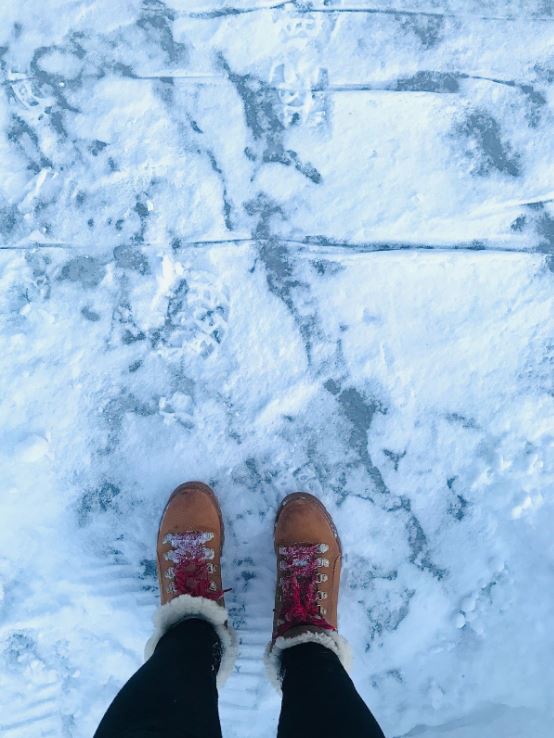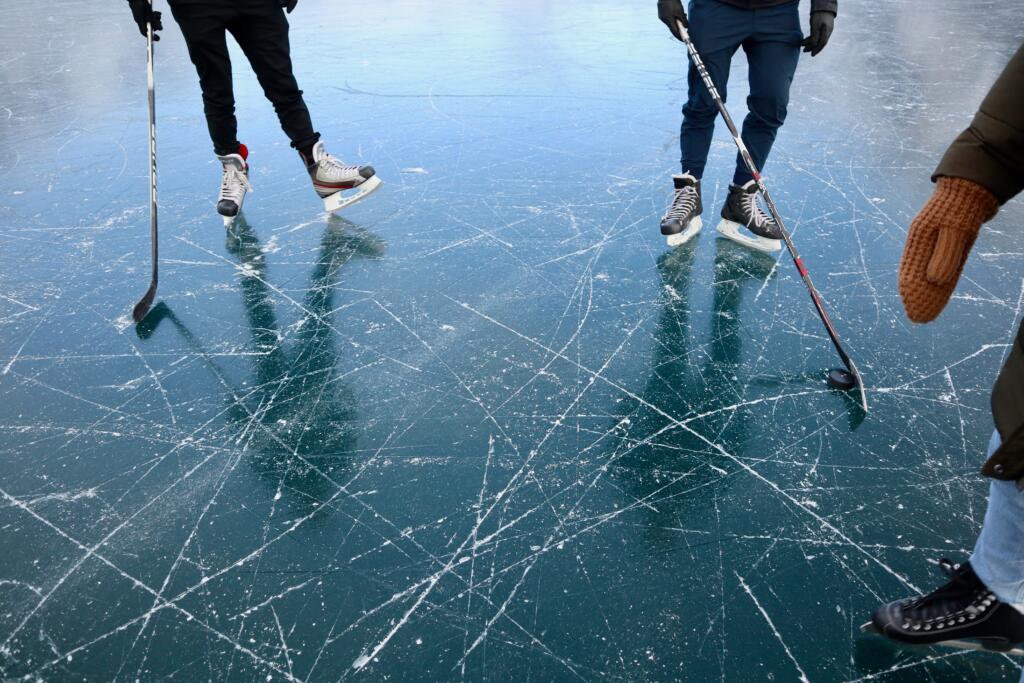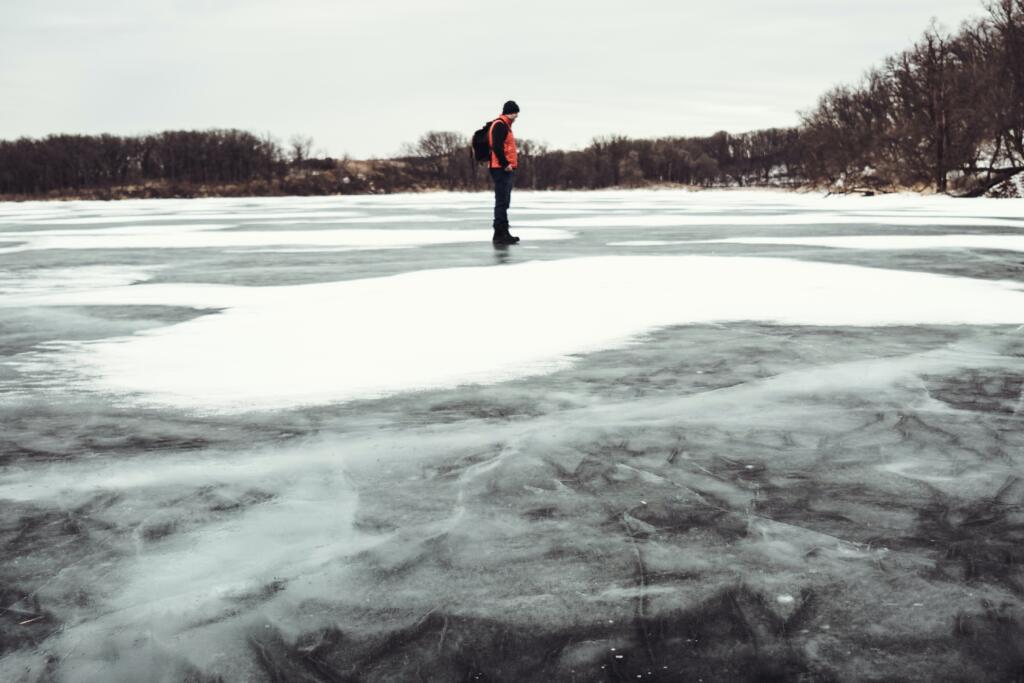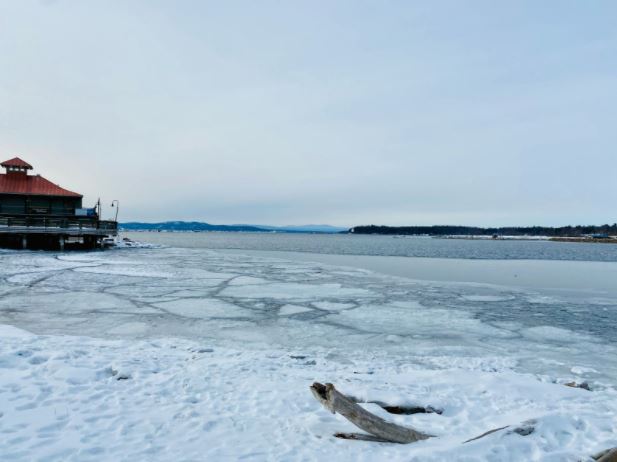
From ice fishing to reading by the fire, a wealth of winter activities are at your fingertips when you live on the lake. For those who can brave the cold, ice skating, ice fishing, and snowmobiling on a frozen lake are popular activities. What could be more picturesque than skating across a frozen pond in the frosty air? However, unlike indoor, man-made ice rinks with a verified solid surface, skating on a frozen lake is more risky and requires self-inspection. How can you know if a lake is safe for skating? The answer depends on a variety of factors, not one in particular.
Is the Temperature Stabilized?

As soon as freezing temperatures hit your lake area, the surface of the water may begin to freeze. However, the solid layer of ice doesn’t mean it’s time to bust out the skates. Several other factors, such as wind and water currents, can make a big difference in the water’s integrity. Before stepping on the ice, it’s a smart idea to wait a few weeks until temperatures have stabilized. This way, the water has more time to freeze through completely! For this reason, you never want to step on the ice too early or too late in the season, when things are just freezing or just thawing.
Are There Cracks in the Surface?

When looking up close at the ice, do you notice any cracks, bubbles, or other ruptures in the ice? If so, it’s best to stay on your shoreline. Although it may seem counterintuitive, new ice is much stronger than old ice. With old ice, fluctuations in temperature can cause it to re-freeze, which compromises its integrity. The refreezing process causes these bubbles and cracks that weaken the ice. If you aren’t certain about the ice, another visualization check is color. Solid blue ice is much more durable than a layer of white ice. A memorable rhyme that can help: “Thick and blue, tried and true. Thin and crispy, way too risky.”
How Thick Is It?

You’ve probably heard the saying “you’re walking on thin ice” as a warning that if you proceed, things could go wrong at any moment. Taken literally, this phrase describes the precariousness of a frozen pond. When ice is thicker, it’s more stable and safer for winter activities. From visual observation, it’s difficult to determine how thick the ice is. So, you’ll need tools such as an ice auger used for ice fishing to drill or cut samples. In general, less than 3 inches of thickness is too thin unless you’re a child or small animal. To stay safe, don’t venture out onto ice unless it’s 6-8 inches thick.
What Body of Water Is It?

When it comes to determining ice safety, the type of water body is an important consideration. There’s a big difference between stepping onto a large, frozen lake versus a small pond in your backyard. As a principle, larger bodies of water take longer to freeze than smaller ones, so proceed with caution on lakes. Also consider whether it’s a freshwater or saltwater lake, as saltwater freezes with less integrity than freshwater. When in doubt, talk to other locals who have lived in the area through many winters. Chances are, they’ll be able to give you helpful tips for staying safe on the lake! You can also opt for bodies of water that are regulated by a designated authority or government official, such as a national park or resort. This way, you’ll have a third party to give you the green light!
Overall, it’s important to remember that no ice is completely safe. Because water doesn’t freeze uniformly, there might always be unforeseen areas of danger on your frozen lake or pond. But with these tips in mind, you can enjoy the ice with as much precaution as possible!

